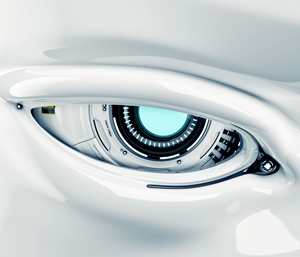Supporting aged care with advanced robotics
November 11, 2014 | Technology

The most common solution to handling aged care growth has been through expanding the number of qualified staff within aged care facilities. These are nurses and carers capable of administering care and managing residents.
Of course, both population growth and an expanding elderly population are certain to place strain on the number of qualified staff, and they're going to require support.
The answer could lie within the field of robotics, and specialised helpers designed to assist qualified carers.
Robots in aged care
Japan is commonly associated with robots, having advanced the field considerably over recent years with ASIMO and leaps forward in human interface technologies.
It's no surprise, then, the country is also spearheading robotic helpers in aged care, with one leading provider believing they're more capable than poorly-skilled workers.
"While robots cannot exceed the best quality care workers, they are a lot more efficient and deliver better care than the workers with no or poor skills," said Hitoshi Fukomoto, the executive director of Kinoshita Care.
Mr Fukomoto explained his views on aged robotics when speaking to Australian Ageing Agenda in August of this year.
"This technology can reduce the workload of families or care workers."
A humanoid robot called PALRO, for example, is popular among Japanese aged care residents, and is used for both social interaction and recreation. It's also capable of remembering up to 100 faces.
While not able to actually clean a room or assist medically, this type of robot is a sign of the possibilities within the aged care sector.
Such machines can be used to reduce the workload of facility staff, allowing them to focus on more critical tasks.
Australians trusting robots
Robotic carers likely won't be limited solely to Japanese aged care homes either, as a recent study has found Australians are quite trusting of the machines.
A study conducted by the University of New South Wales in conjunction with Japanese institutes has found Australians were more open to interacting with robots than Japanese counterparts.
In a series of tests, participants asked a humanoid robot questions and then rated the machine on categories such as perceived safety and intelligence.
"Overall, the findings contradict the stereotype of western cultures rejecting robots and the Japanese accepting them," the study explained.
Australians aren't likely to see robots within aged care facilities anytime soon, but this study certainly showcases the viability of an implementation. The solution to staffing concerns in the sector could eventually be solved by humanoid robots.


